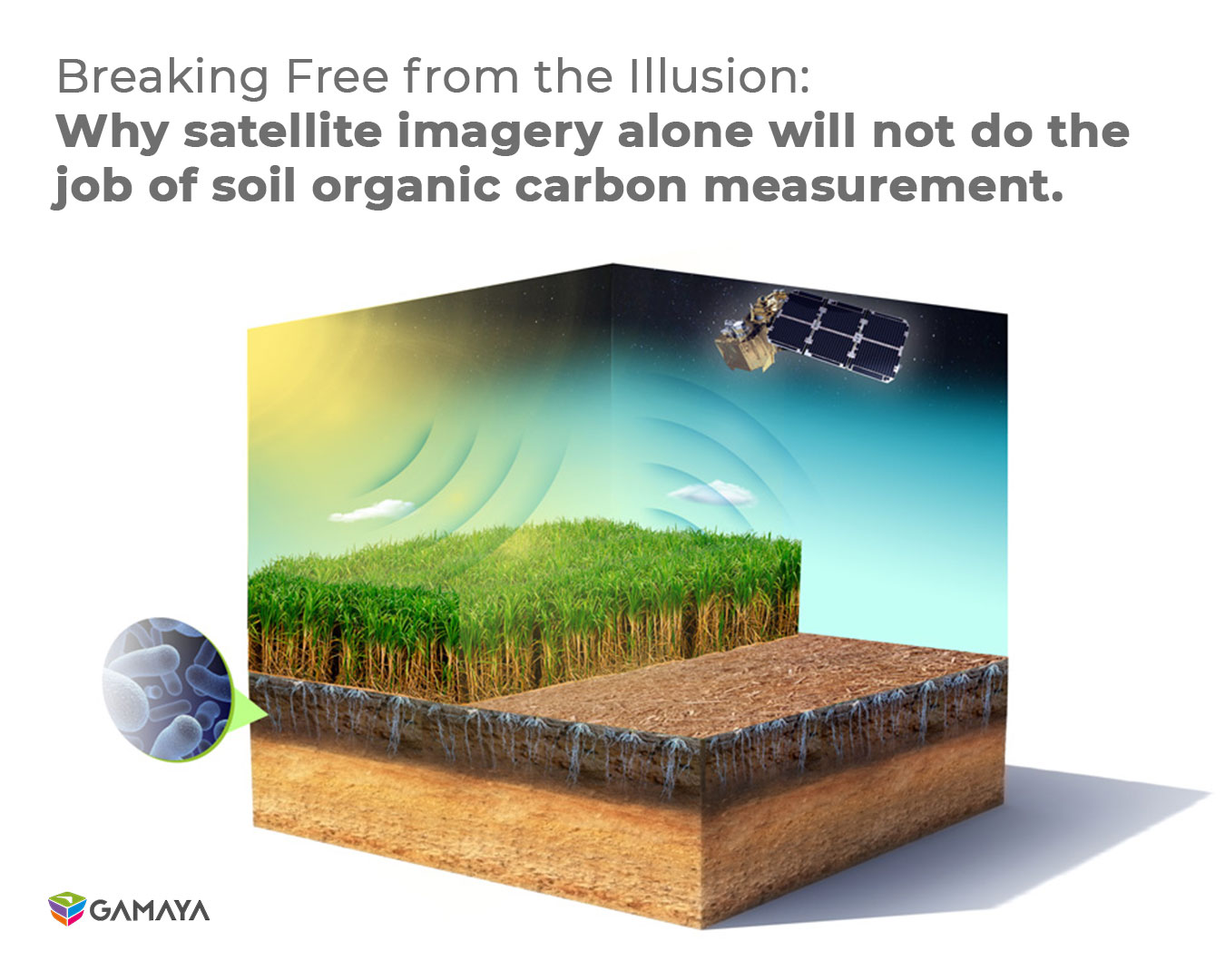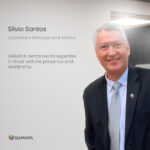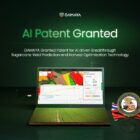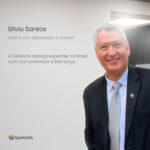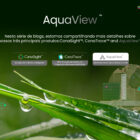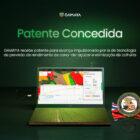Morges, Switzerland, 14th of February
Yury Vasilkov – GAMAYA, CEO.
Decarbonization through carbon sequestration in soil is becoming an increasingly important topic for modern agriculture. Farming operations are widely recognized as one of the largest greenhouse gas polluters in the food value chain. Additionally, agricultural soils hold immense potential for carbon sequestration. At GAMAYA, we are developing technologies to enable climate-smart farming in sugarcane, aiming not only to reduce emission levels but also to unlock sugarcane’s global potential for carbon sequestration. A crucial step in this process is the development of precise and verifiable methods for measuring soil organic carbon (SOC) accumulation.
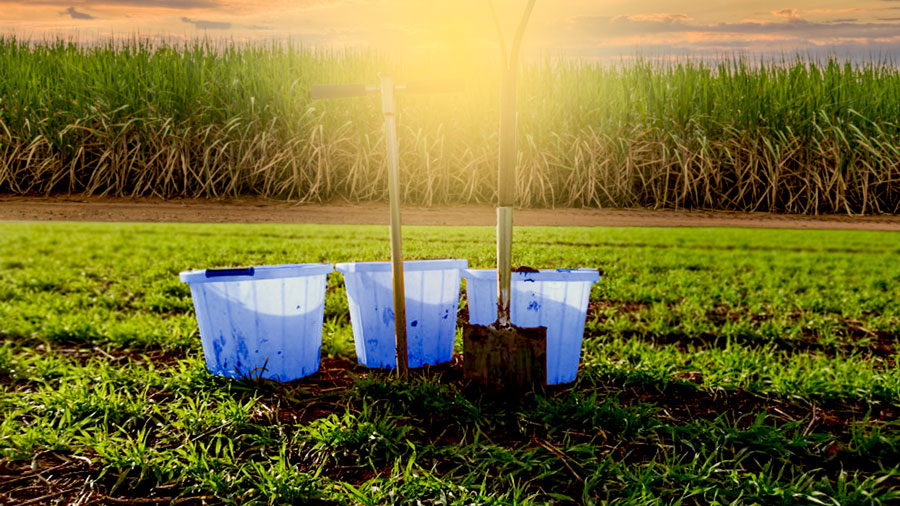
Currently, the most accepted method involves soil tests conducted using a specific methodology that accounts for all organic elements in the soil, both on the surface and at deeper levels. While effective on a limited scale, this method is difficult to rely on when scaling measurements across millions of hectares, which is necessary for sequestering a sufficient amount of soil organic matter and making a sizable impact. For example, at GAMAYA, we aim to lead the charge in sequestering up to 100 million tons of CO2 equivalent across 27 million hectares of sugarcane farmland globally. So, how do we achieve this?
Many people’s first idea is to use satellites to measure soil organic matter, and there are numerous promises of revolutionizing SOC measurement using satellite images alone. However, our experts at GAMAYA believe this is a great illusion. We question not only the technological capabilities but also the practicality of this approach.
Why is it hardly possible? Accurate measurement of SOC up to 60 cm deep requires X-ray capabilities, which are unavailable with current satellite technologies, including hyperspectral sensors where we specialize. These technologies do not yet exist.
Even if we were wrong and it were possible, we still believe that this approach is not practically applicable. Regenerative farming practices require that growers consistently cover soil with crops, residuals, and intercrops, making it difficult to scan SOC using optical sensors, particularly satellites.
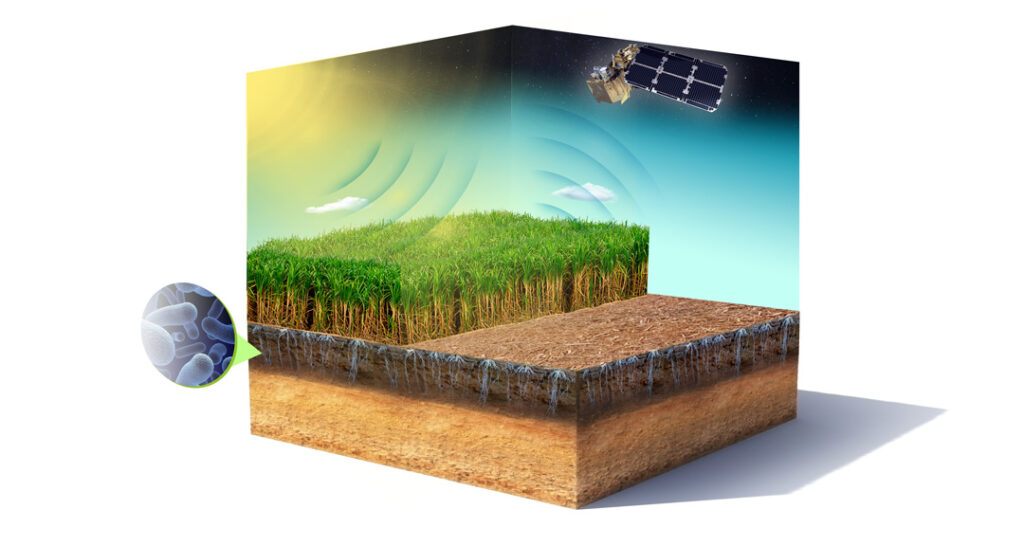
As a result, despite our expertise in imagery, we at Gamaya have chosen a modelling approach. We have already made significant progress in modelling sugarcane crop vegetation throughout the growth cycle. Starting with simple machine learning and evolving into deep learning, we have been able to resolve overestimation and bias issues. Additionally, GAMAYA’s data science capabilities have reached unrivalled levels of precision and accuracy, achieving up to 95-98%.
Another problem with promises to revolutionise agriculture globally using satellite technologies is agriculture itself. It is local, contextual, and variable, with billions of possible combinations influenced by factors such as crop biology, climate, soil, and farming practices. The limiting factor is not the ability to acquire satellite imagery or develop machine learning approaches, though data science methodologies significantly affect the quality of the models. The limiting factor is deep knowledge of the crop and detailed data on the crop growing environment.
Snapshot with our interface with the map and forecast curve on the TAH forecast
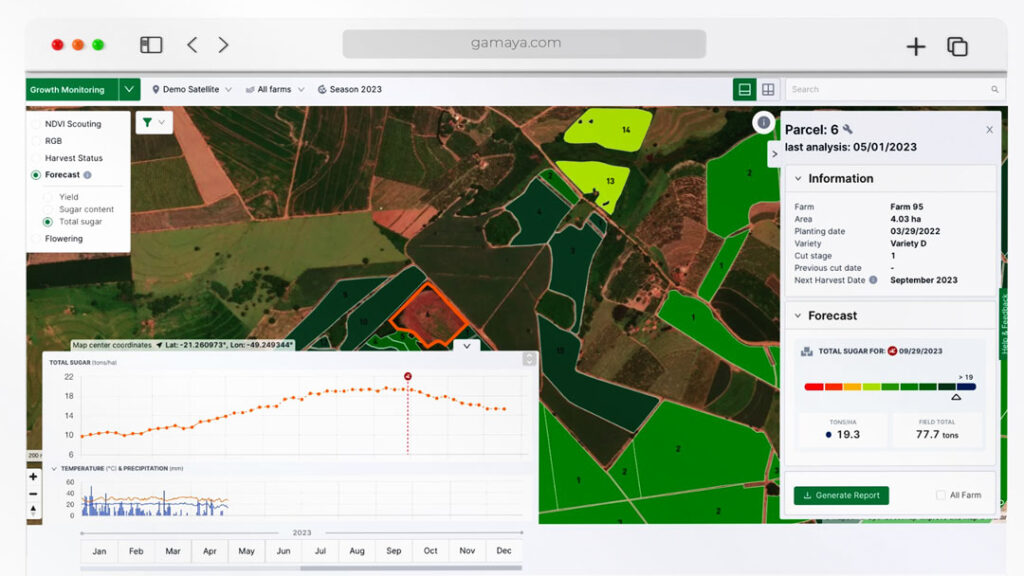
At GAMAYA, we have made significant progress in understanding sugarcane from both an agronomy perspective and a digital standpoint. Serving growers who farm 3 million hectares of sugarcane worldwide, we have the largest data collection on sugarcane farming in the industry, which includes information on yields, rotations, cropping cycles, varieties, soil, and more. Due to our trusted relationships with growers, we are now adding new layers of data, such as crop rotation and agronomic practices conducted on sugarcane fields. Additionally, we are incorporating soil test data on SOC content collected through our Carbon Farming program.
Although we use a modelling approach, imagery remains a vital source of information. Remote sensing helps achieve two critical objectives: automation in data collection of farming processes and providing a more objective source of information about what is happening on the ground.
Of course, we observe the evolving landscape of sensor development with the capability to measure soil organic content. GAMAYA experts believe that this could become a great way to take measurements of soil characteristics that can be used by models for further scalability of new measurement techniques.
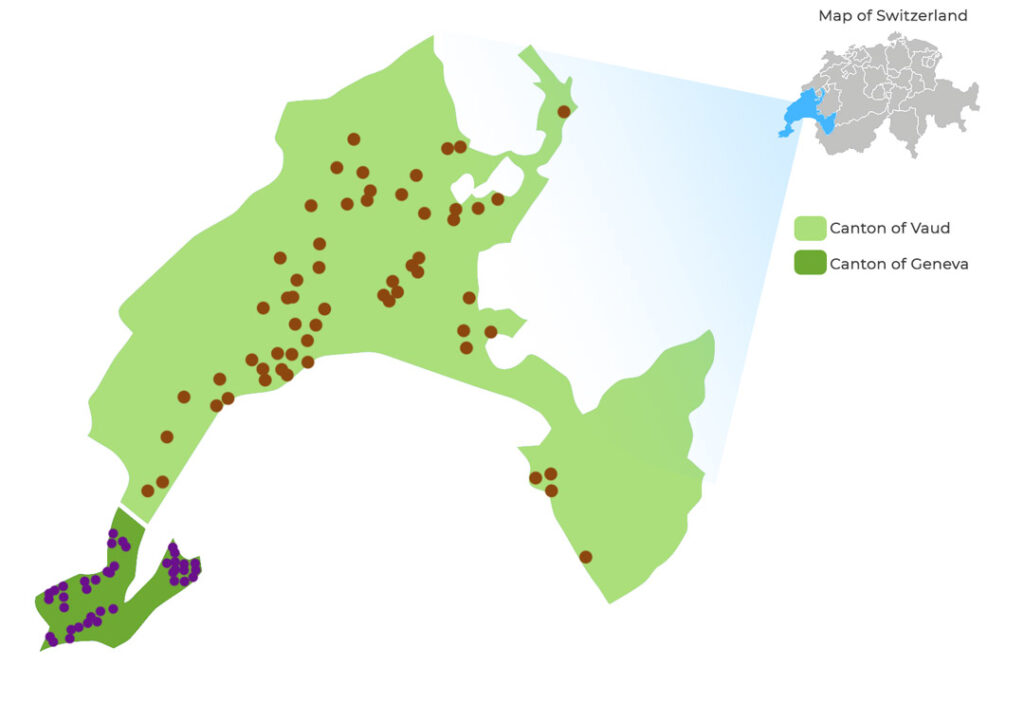
Our modelling approach is well-supported, backed by extensive research conducted across the Swiss cantons of Geneva and Vaud over the past 25+ years. This research has mapped SOC accumulation patterns, showing a direct correlation between agronomic practices and changes in soil organic matter. Furthermore, we have seen certified SOC accumulation models in other parts of the world and for other crops in North America.
Our progress in developing SOC verification models creates a strong foundation for enabling the scalability of carbon removal programs for sugarcane on a global scale. This addresses the potential to sequester up to 100 million tons of CO2 equivalent, positioning us as leaders in the fight against climate change.
